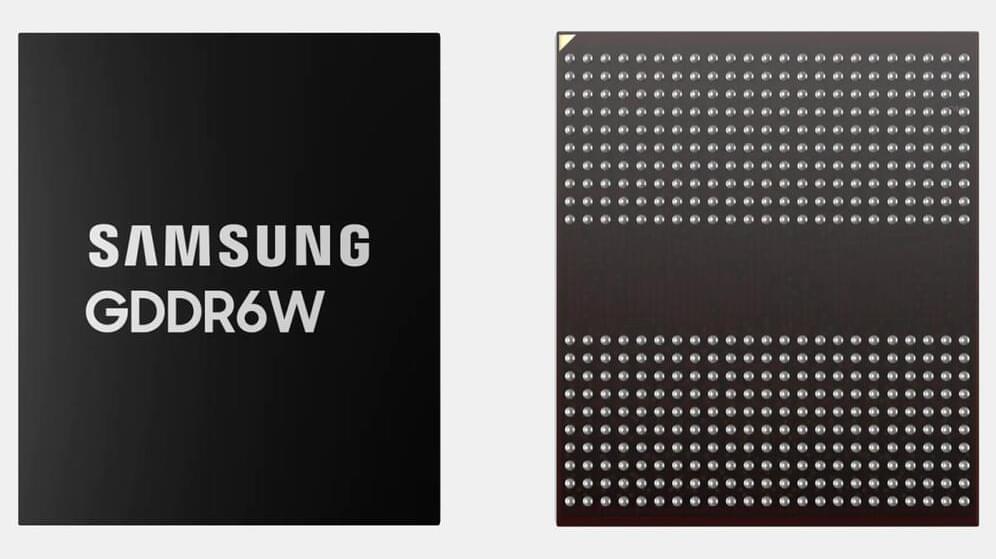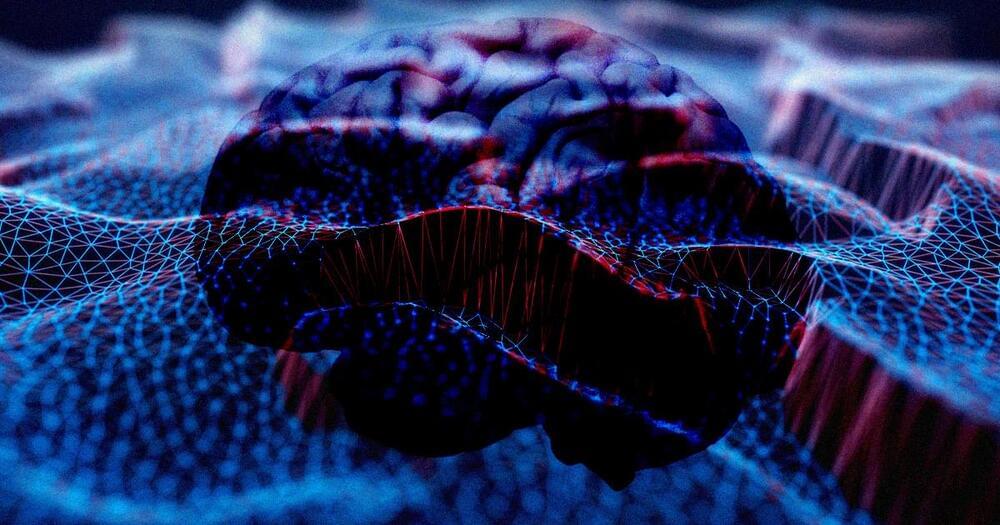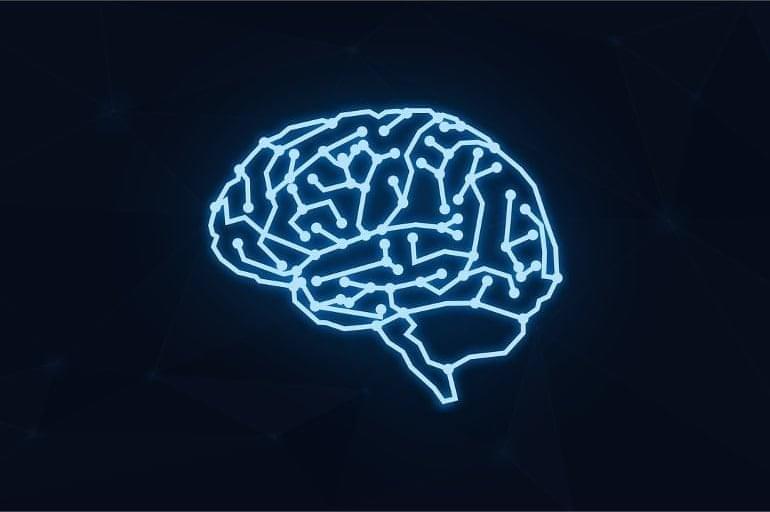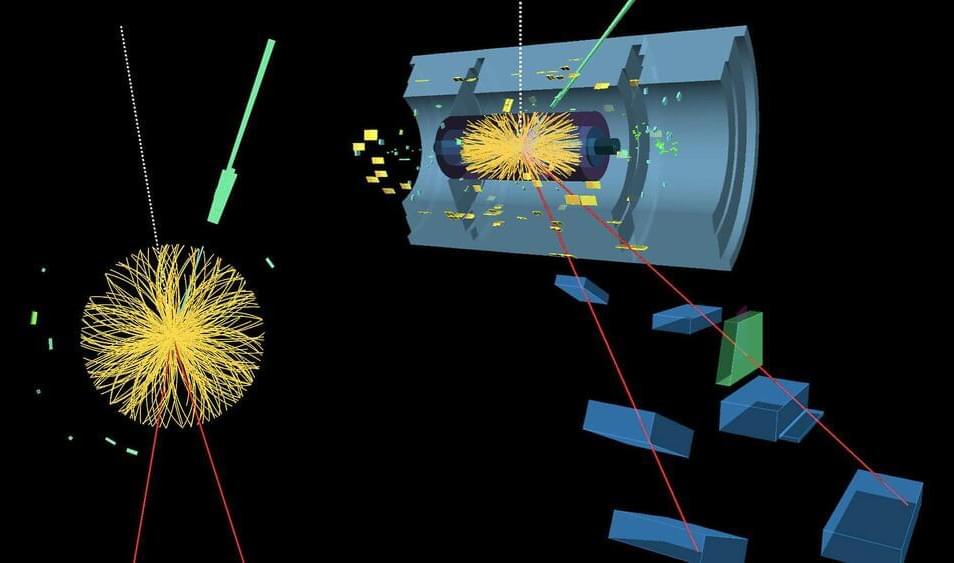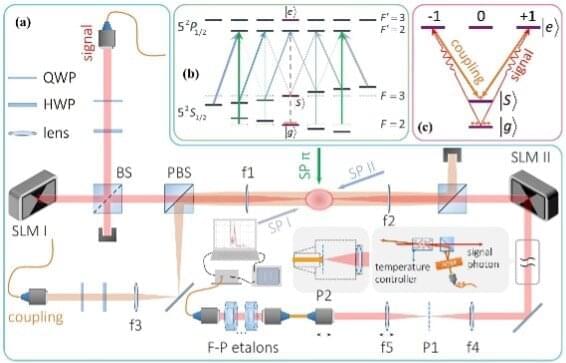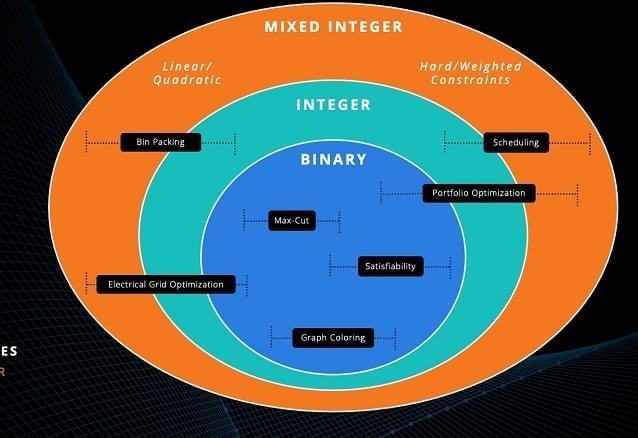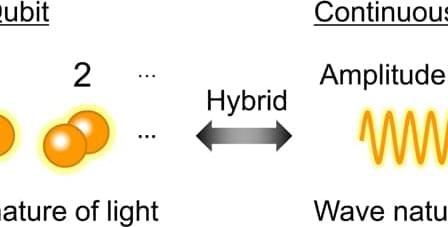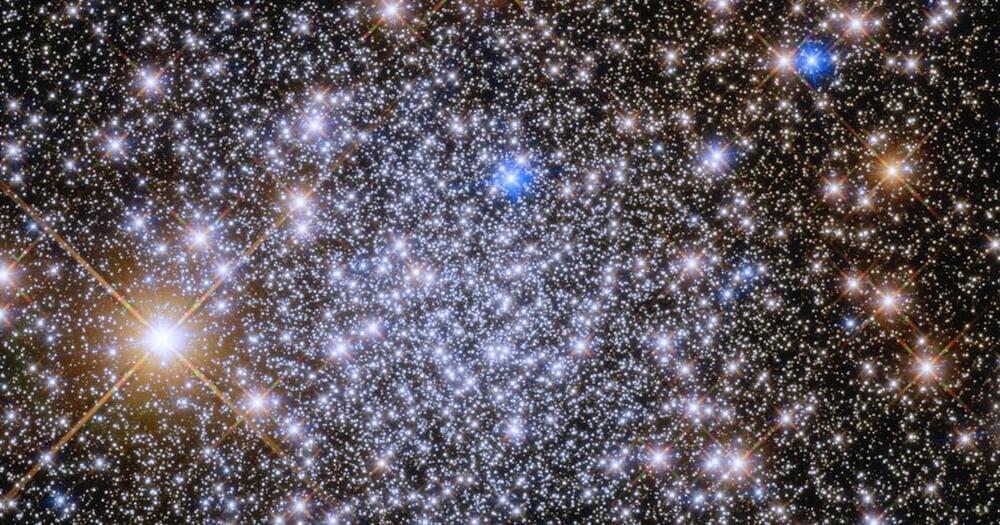Nov 29, 2022
Samsung’s GDDR6W Doubles Performance and Capacity
Posted by Quinn Sena in category: computing
Samsung has introduced (opens in new tab) its all-new type of GDDR6 memory that doubles the DRAM package’s capacity and increases interface width to double its peak bandwidth. Samsung’s GDDR6W chips use traditional BGA packaging and can be used for mainstream applications like the best graphics cards.
Contemporary GDDR6 and GDDR6X chips integrate one DRAM device with a 32-bit interface. By contrast, a GDDR6W chip packs two DRAM devices featuring and therefore features two 32-bit interfaces, thus doubling capacity (from 16Gb to 32Gb per chip) as well as interface width (from 32-bits to 64 bits). To do so, Samsung’s GDDR6W chips use the company’s Fan-Out Wafer-Level Packaging (FOWLP) technology that replaces traditional printed circuit board with a redistribution layer (RDL) that is thinner and has significantly finer wiring patterns.
Samsung’s GDDR6W devices generally use the same protocols as GDDR6 but offer higher performance and capacity. For example, a 32Gb GDDR6W memory chip could deliver a peak bandwidth of 176 GBps, up from 88 GBps in the case of a regular GDDR6 SGRAM chip. Meanwhile, building a 32Gb memory chip using two 16Gb memory devices might be cheaper than building a 32Gb monolithic memory device.
